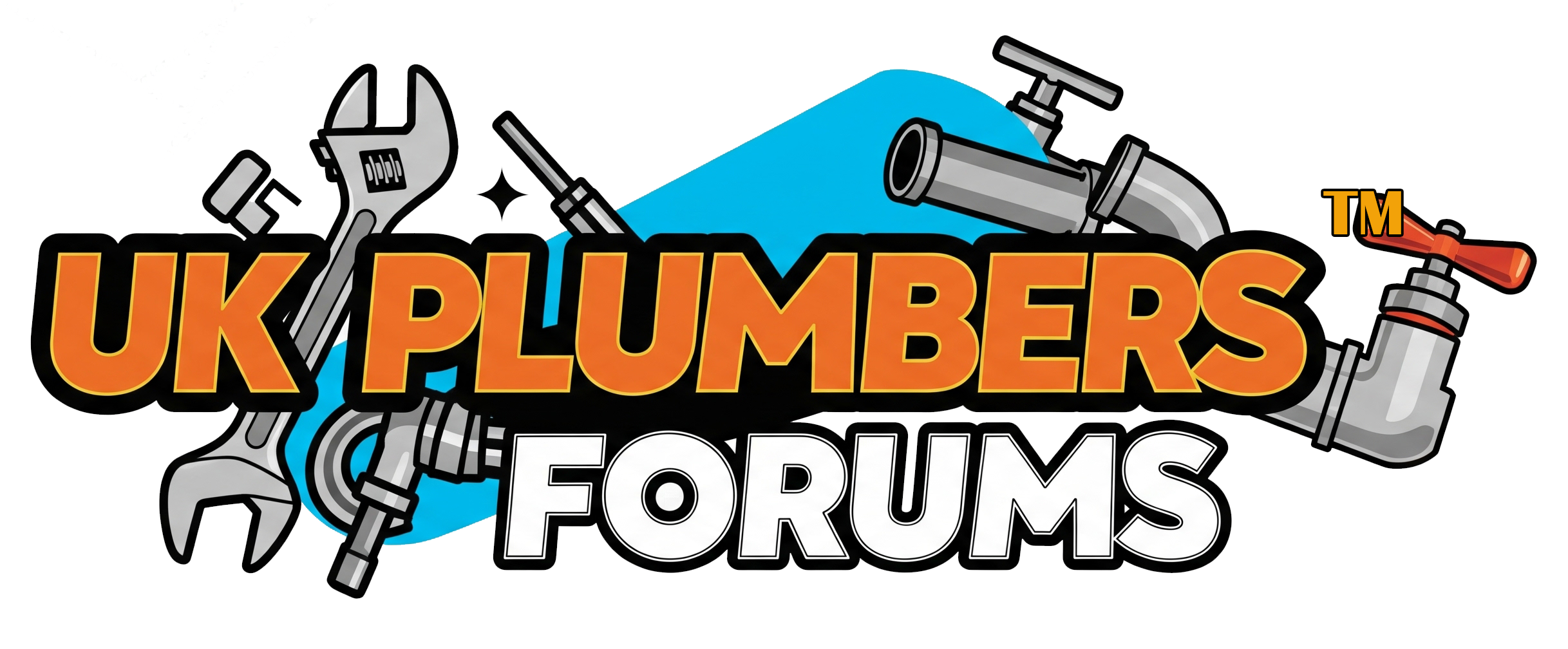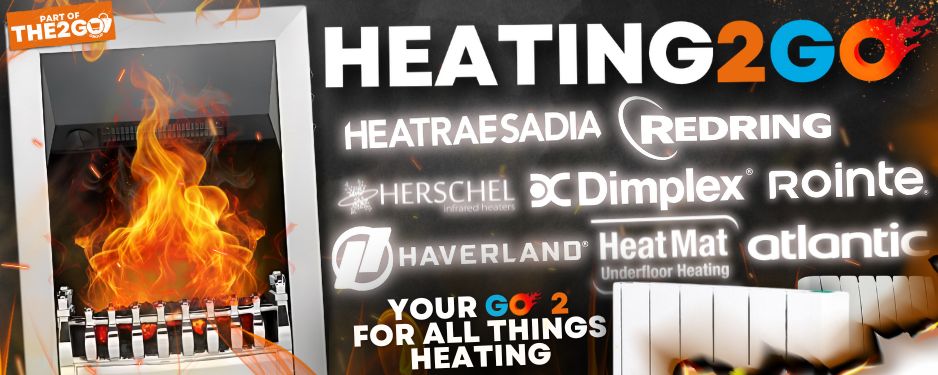A strainer could be installed in conjunction with a valved bypass so it could easily be isolated and cleaned. The strainer could even only be connected to the system for the first X amount of days before being removed and cleaned. Then you run the system through the bypass and not the strainer in normal use. You can bring the strainer back inline any time you wanted to. If any work is done on the system, soldering or cutting, new components fitted or replaced on the system and you are worried about particles of a certain size entering the system just bring the strainer back in for a while.
Now, I reckon I might be over thinking this but it would not hurt a heating system to have it in place at least. I see it as something that an enthusiastic homeowner who takes a lot of interest in their house's systems might like. I don't think it's something that would make it into every system in then country like magnetic cleaning will probably do one day.
That doesn't mean it is a bad idea though and if someone wants to spend the money and effort and they are happier for it nothing wrong with that.
This is exactly the approach I'm exploring. Putting the strainer in and cleaning it frequently for the first week or so. I would step up a bore size (from 22mm to 1"/28mm) to compensate for the pressure drop accross these units inline (clean mesh).

BES.co.uk | Next Day Delivery On 15,000 + Plumbing Supplies
Order Y in-line strainers and other plumbing supplies online at BES.co.uk. Low Prices, Free Next Day Delivery Available, 15k Plus Products in stock. P/N: 7538www.bes.co.uk
Just need some 1-22mm comp Male irons
Won’t need anything finer than 500 micros only use 50 microns on a drinking supply
ShaunCorbs - you've hit upon a key point of discuission. I'm asking for all those contributing to this thread - to help us newbies' expand our horizons. What considerations need to be taken into account when choosing mesh size??? What factors need to be considered - and how should that judgement be formed? I'm after what process should be followed - in order to come to an informed/correct decision on mesh size?
(Also - can you help me to understand why 500 micros is appropriate here - as it will help me finalise my purchase.)
Unusual to require a strainer either Y or witches hat in a domestic heating system on anything other than a temporary basis for specific cleaning.
The reason being that the pressure drop across the stainer (particularly on small bore pipework) can be quite high - hence the use of a witches hat strainer.
To install it properly, it should have a sensor to measure the pressure drop across the strainer to signal when cleaning is required or to shut off the boiler.
There are far more cost effective ways of cleaning a system.
Also be aware that with fine mesh filters the quality is vitally important - if the filter mesh breaks away in service (which is not uncommon) - it can cause more problems that it solves.
Please don’t read this as being negative, but in design terms on hydraulic (water and oil) systems you only install filters when the systems dictates that they are needed. You should not install them as a “nice to have”
Brambles - Thank you for this insight - it never even occured to me that the mesh screens could/might break away in use. In such a scenario - the mesh would represent an even bigger threat to the system, than the debris the strainer was meant to keep out.
I'm going to ask for some help recommending a manufacturer of a Y-Strainers. I know somebody recommended the Boss brand - but I'd like input from others too.
(Just for the record - the y-strainers from tool-stationare very poor. I'd sincerely recommend that anyone buying these thoroughly inspect the insides of those units. At three different toolstations, each of the units they showed me, had brass burr's inside from the milling/drilling used to finish the pieces. These burrs were past the mesh filter - so would break off and flow onward in any system.)


